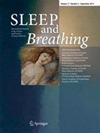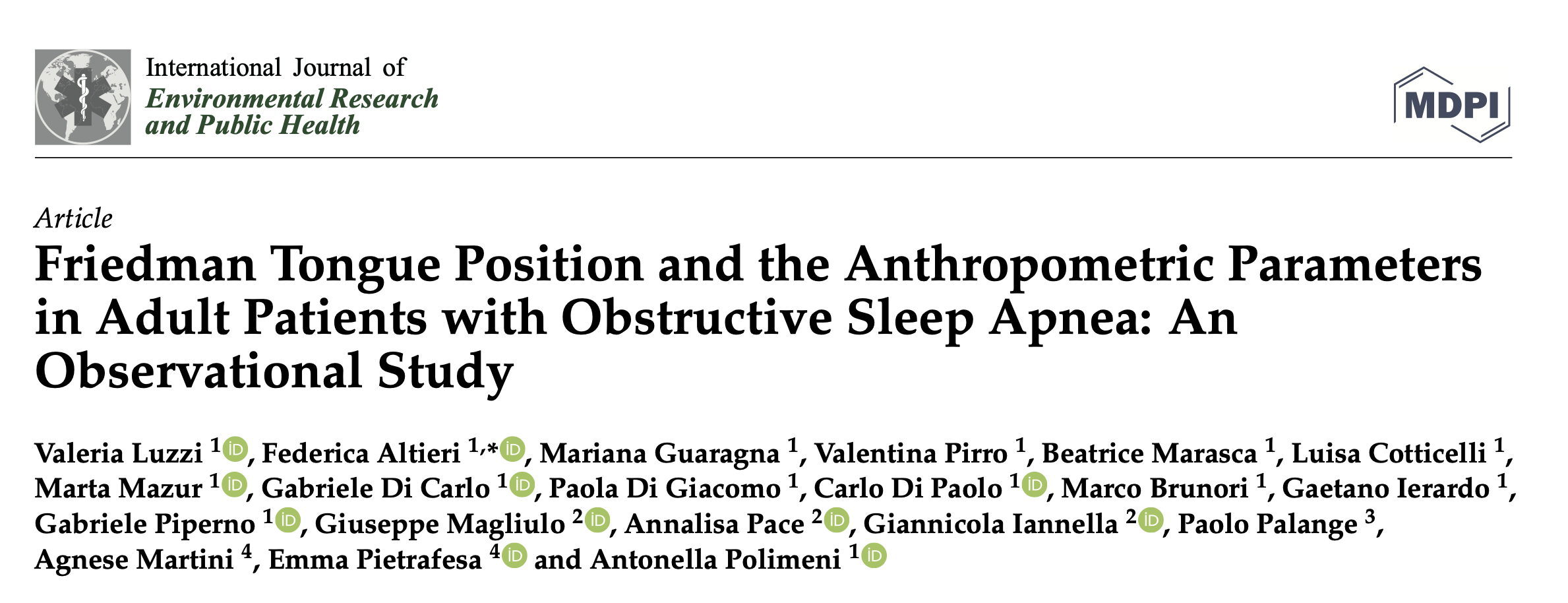Obstructive sleep apnoea (OSA) is a prevalent sleep disorder characterized by pharyngeal airway collapse during sleep, leading to intermittent hypoxia, intrathoracic pressure swings, and sleep fragmentation. OSA is associated with various comorbidities and risk factors, contributing to its substantial economic and social burden. Machine learning (ML) techniques offer promise in predicting OSA severity and understanding its complex pathogenesis. This study aims to compare the accuracy of different ML techniques in predicting OSA severity and identify key associated factors contributing to OSA.
Methods
Adult patients suspected of OSA underwent clinical assessments and polysomnography. Demographic, anthropometric and clinical data were collected. Five supervised ML models (logistic regression, decision tree, random forest, extreme gradient boosting, support vector machine) were employed, optimized through grid search and cross-validation.
Results
ML models exhibited varied performance across OSA severity levels. SVM demonstrated the highest accuracy for mild OSA, XGBoost for moderate OSA, and random forest for severe OSA. Logistic regression showed the highest AUC for moderate and severe OSA. Anthropometric measures, gender, and hypertension were significant predictors of OSA severity.
Conclusion
ML models offer valuable insights into predicting OSA severity and identifying associated factors. Our findings support the relevant potential clinical utility of ML in OSA management, although further validation and refinement are warranted.
Qui è possible accedere all’articolo pubblicato su Sleep and Breathing di Springer Nature: Exploring the complexity of obstructive sleep apnea: findings from machine learning on diagnosis and predictive capacity of individual factors | Sleep and Breathing



